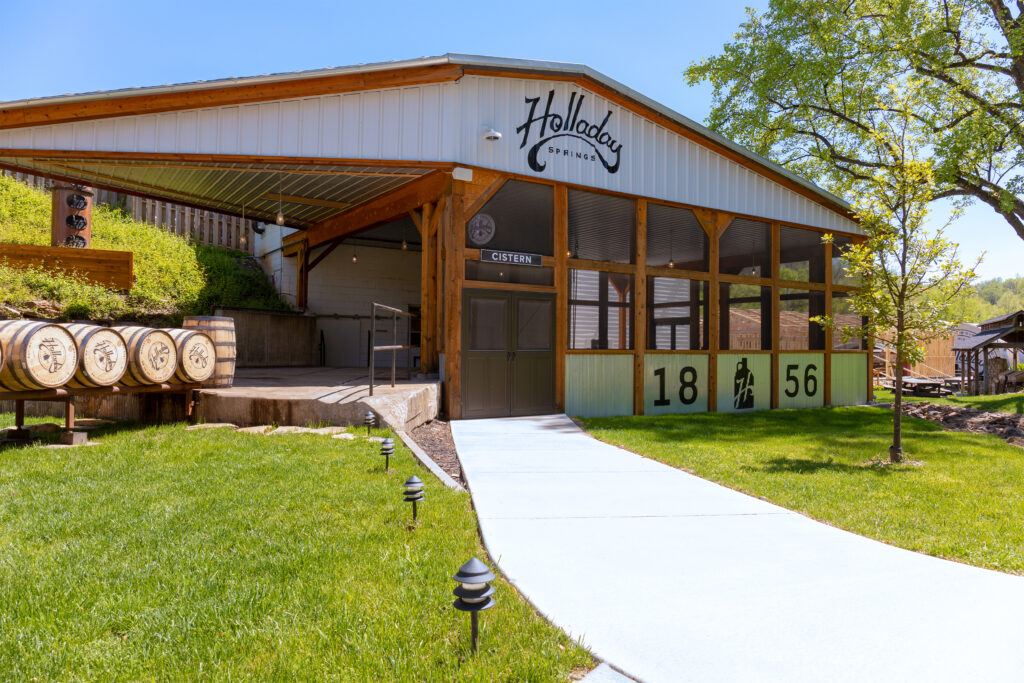Purpose in Brand Owner and Manufacturer Relationship and a Look at Some Key Provisions

By: Brad Berkman and Louis J. Terminello, Greenspoon Marder
Brewers and brand owners both, do not underestimate the importance of a well drafted “contract bottling agreement.” First, for the uninitiated let’s briefly explore what in fact, a contract package arrangement is and brand development within the context of that arrangement.
Breaking into the realm of manufacturing alcoholic beverages can be a very expensive endeavor. Startup costs for opening a brewery, distillery or a winery can be immense. Even startup costs at the “craft” level are significant. Land and facilities must be bought or leased, mechanical, electrical, and plumbing systems need designing and buildout, and of course, manufacturing equipment such as tanks, stills, bottling lines, and pumps must be purchased and installed, among many other things. The costs can be very high. Hundreds of thousands of dollars, likely even more, will come out of pocket before the first bag of grain is poured into a mash tank, distilled, and bottled, labeled, and a corked brand comes rolling down the bottling line. Of course, merely producing an alcoholic beverage brand is just the beginning. The idea is to sell bottles, boxes, pallets, and container loads of happiness in the bottle. This of course requires tremendous expenditures on brand marketing, sales, and promotional initiatives. Happiness in the bottle can quickly turn into weeping in one’s glass if poor planning is exercised.
Enter the contract package arrangement. A business deal that benefits the independent brand owner and marketer and the skilled brewer, distiller, or wine maker. It is the foundation of a symbiotic relationship that cuts costs for both parties and goes a long way in increasing the likelihood for the economic success of each. In the simplest terms, in a contract package relationship, a brand owner will “contract” with an existing manufacturer to produce and bottle and alcoholic beverage for the owner. All production and labor are contributed by the producer, paid for by the brand owners, ultimately leading to a finished product owned and ready for sale in the market by the brand owner.
For manufacturers, contract packaging, in addition to bottling their own labels, can be a significant and badly needed additional stream of revenue. For the brand owner, the significant cost savings from avoiding building out a plant are immense and allows for valuable financial resources to be directed to advertising and marketing activities. After all, a bottle is not going to come off the retailer’s shelf by itself.
With the above in mind, this article will examine some of the key provisions that must be addressed in any well drafted contract packaging agreement that are likely concerns of both parties to any agreement of this sort. When crafted properly, the agreement will ensure that the rights, duties and obligations of both parties are clearly defined, ideally leading to an unambiguous business relationship. It is important to note that every deal is different, and the terms of a well drafted agreement will be deal specific. The below provides general but important guidance on some essential terms.
A few Key Provisions:
Intellectual Property Rights and Licensing
The brand owner almost always has spent significant treasure in developing a brand name and identity. The first step in protecting brand ownership commences in fact prior to entering into a contract packaging agreement. The brand owner should make every effort to trademark the brand name and logo in the appropriate trademark categories prior to bottling and sale in the marketplace.
Building brand equity or value is a labor intensive and costly exercise. Trademarking the brand name is an absolute requirement to ensure brand value remains with the owner. As for the contract packing agreement, the brand owner will grand a limited, non-exclusive license to the manufacture to produce and bottle the product for the duration of the agreement. At termination of the relationship, the limited license shall cease to exist, and the manufacturer will generally have no future rights to the brand name.
Formulation, Ownership
Product formulation must be addressed in these agreements as well. Both the manufacturer and brand owner must agree prior to production, the formulation specifications and method of manufacture of the liquid in the bottle. A well-crafted agreement should address deviations from the agreed upon formula. If a dispute arises between the parties in regard to formulation and product quality or integrity, a means for determining fault should be incorporated into the agreement. It is highly recommended that third party laboratories are identified in the agreement where the finished product can be sent for testing and ultimately assignment of responsibility.
Compensation to the injured party for out-of-spec liquid should be codified as well. The contract should also address formula ownership and use of the liquid. Common place vodkas, as example, are drastically different from unique formulations with unique ingredients. Assignment of ownership of the formula should be addressed in any contract packaging agreement in a similar fashion as usage of the brand name as described above.
Raw Materials, Packaging
Every beverage product produced requires raw materials and packaging materials. Grains, malt, yeast, and other ingredients are required as well as bottles, labels, stoppers, and cases. These items can be secured by the manufacturer as part of the contract arrangement, or they can be secured by the brand owner and delivered to the producer’s plant (producer is used interchangeably with manufacturer). The acquisition of these items is very important for many reasons including the quality of the materials used and the costs involved.
Ultimately, the costs of these materials will determine the price of the finished product on the shelf. The parties to any agreement should establish roles and responsibilities for obtaining these items to ensure adequate supplies of the same at the right cost point. Storage of inventory of both raw materials and packing and how to deal with defective materials should be sorted through by the parties with the costs assigned accordingly.
Production Quantities
Production amounts are an essential element of negotiations and memorializing them in an agreement is vital. Both the manufacturer and brand owner need to align their expectations on this issue. Either party will quickly cry breach of an agreement if the manufacturer cannot produce the quantities the brand owner requires and conversely, the manufacturer will do the same if the brand owner does not contract and purchase the quantities bargained for.
Realistic volume expectations need to be established for both parties to the agreement. As an offering of sage advice, if there is not a meeting of the minds on this issue by the parties, it is best to walk away from any arrangement. Further, it is advisable to incorporate reasonable and realistic annual volume growth expectations, year over year, in a multi-year agreement.
Payment Terms
It goes without saying that payment terms may be the most important part of a contract packaging agreement. Clearly both parties need to know when they will make and receive payment and the timing of the same. In some instances, manufacturers may be willing to provide favorable credit terms, (most likely offered to a long-standing brand owner partner who has well established credit).
In many instances manufacturers may require all monies to be paid prior to production. In other instances, they may require one-half of the production amount prior to commencing manufacturer, the remainder due at pick up of the finished product. Once again, this essential term must be negotiated and memorialized in a well drafted contract package agreement.
Quality Control and Product Recall
This provision was briefly mentioned above but is worth restating here. Ideally, production moves along without a hitch and product quality and integrity remains excellent. Of course, that is not always the case. There are times when product formulation is off or foreign objects make their way into the bottle. The parties to a production agreement must memorialize issues such as the right to inspect finished product prior to leaving manufacturers warehouse, the procedures and allocation of costs if in fact product must be recalled.
As a final thought, contract packing agreements must be beverage law compliant. Additional terms in the agreement must comport with and be legal under alcohol beverage law and the parties to the agreement must be licensed accordingly.
The above is very much a sketch of some important issues that must be addressed in a well-crafted contract package agreement. There are many other areas that must be negotiated between the parties and included. A word to the wise, it is always beneficial to both parties to consult with attorneys who are experts in this area. Ideally, the agreement should provide a business framework that makes for a productive relationship between manufacturer and brand owner and anticipate problems that may arise and incorporates mechanisms and procedures for addressing reasonably foreseeable issues.









